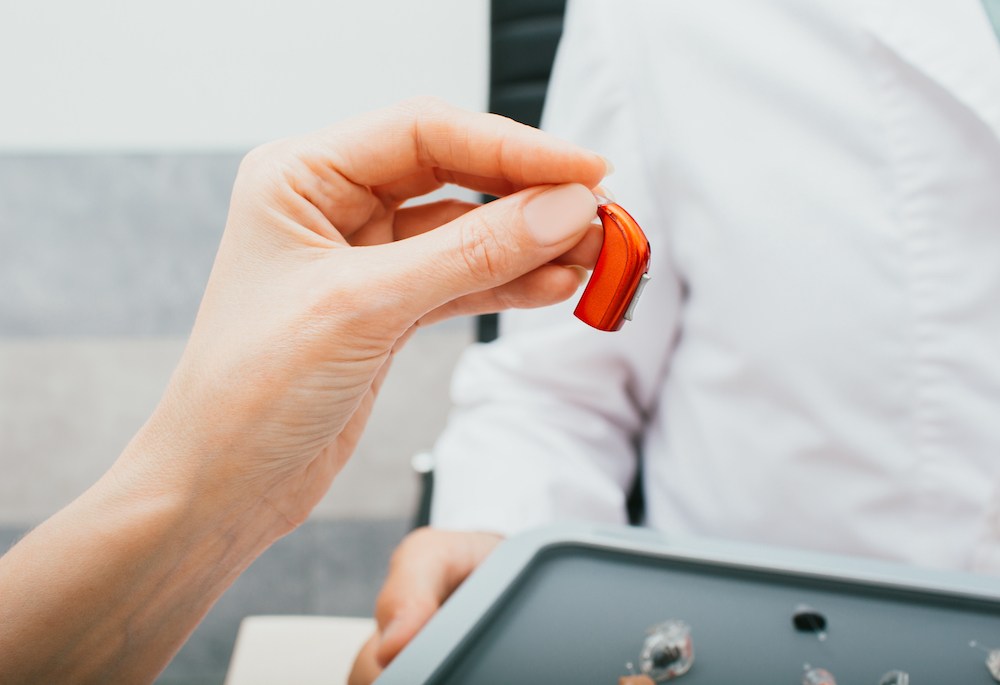The Role of Hearing Tests in Pediatric Development
When a child can’t hear properly, they miss more than just sounds


When a child can’t hear properly, they miss more than just sounds

Hearing health is constantly evolving, and it’s important to stay

Taking care of your hearing shouldn’t depend on your ability to